
Nature's Light Show: Exploring the Beauty of Marine Bioluminescent Organisms
When we think of breathtaking natural phenomena, our minds often wander to sights like the Northern Lights, the Grand Canyon, or a pristine coral reef. Yet, there's a lesser-known spectacle occurring beneath the ocean's surface every night: marine bioluminescence. So how about a journey to explore the mesmerizing beauty of marine bioluminescent organisms and the science behind their captivating displays?
At first glance, the ocean's depths appear dark and lifeless, but a closer look reveals a hidden world illuminated by the enchanting glow of marine bioluminescence. To understand this phenomenon, we must delve into the science behind it.
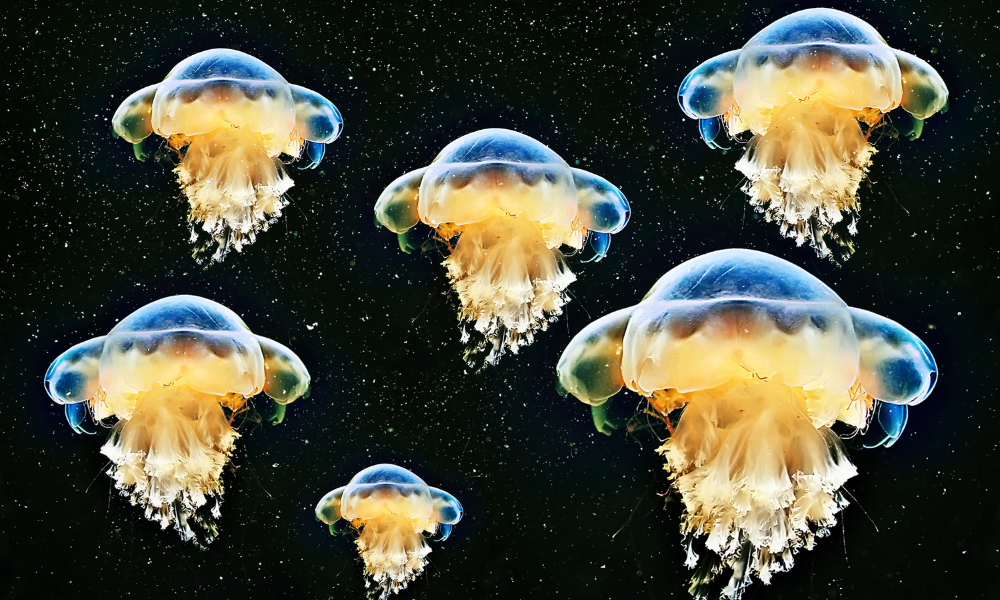
How Marine Bioluminescence Works
Marine bioluminescence is a chemical reaction that occurs in specialized cells within various marine organisms. These cells contain two essential components: luciferase, an enzyme, and luciferin, a light-emitting molecule. When luciferase and luciferincome into contact with oxygen, they produce light.
This chemical reaction is highly efficient, converting a remarkable 98% of energy into light, making it one of the most efficient forms of light production in the natural world.
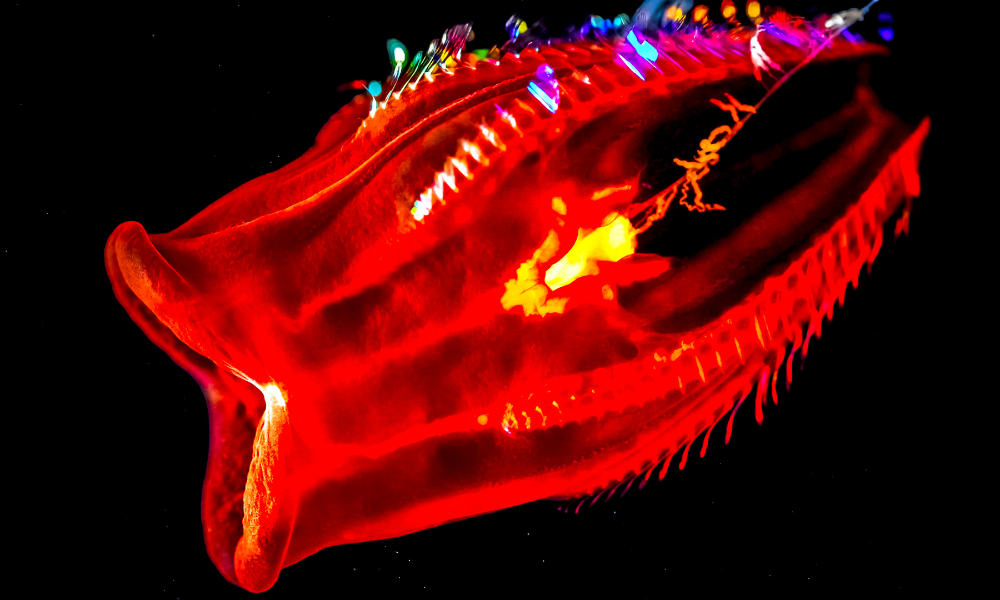
Adaptations and Evolutionary Advantages
Marine bioluminescence has evolved as a survival strategy for many organisms. It serves various purposes, such as deterring predators, attracting prey, and enabling communication among species. For example, some deep-sea creatures use their bioluminescent displays to hunt or mate in the dark abyss where sunlight cannot penetrate.
Diversity of Marine Bioluminescent Organisms
The marine environment is teeming with organisms that possess the ability to produce light. Let's take a closer look at the diversity of these remarkable creatures.
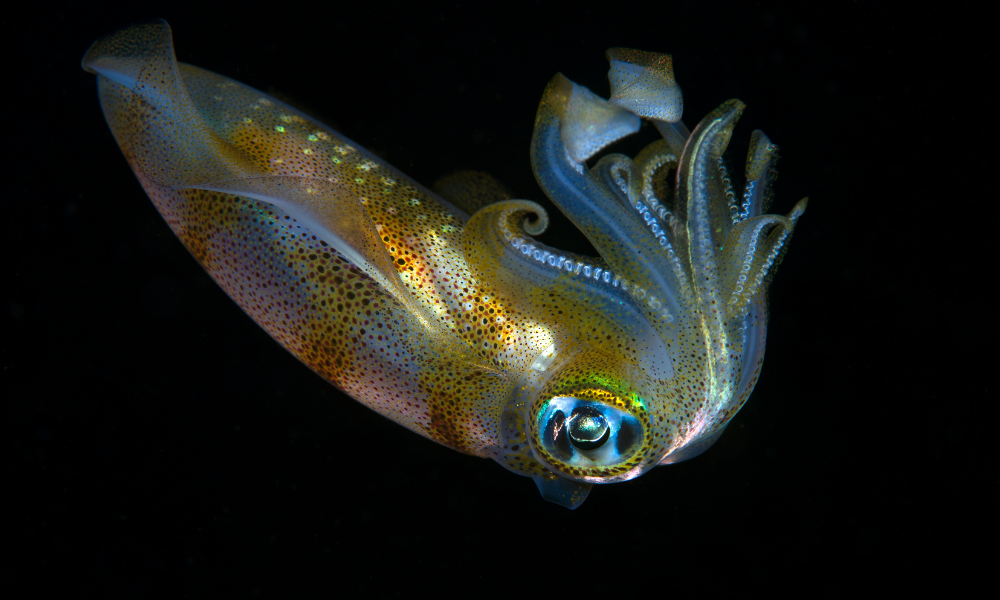
Deep-Sea Creatures
In the mysterious depths of the ocean, where sunlight never reaches, bioluminescence is particularly prevalent. Deep-sea creatures, like the anglerfish and the vampire squid, use bioluminescent lures to attract prey in total darkness. These adaptations are vital for their survival in the harsh, lightless environment of the deep sea.
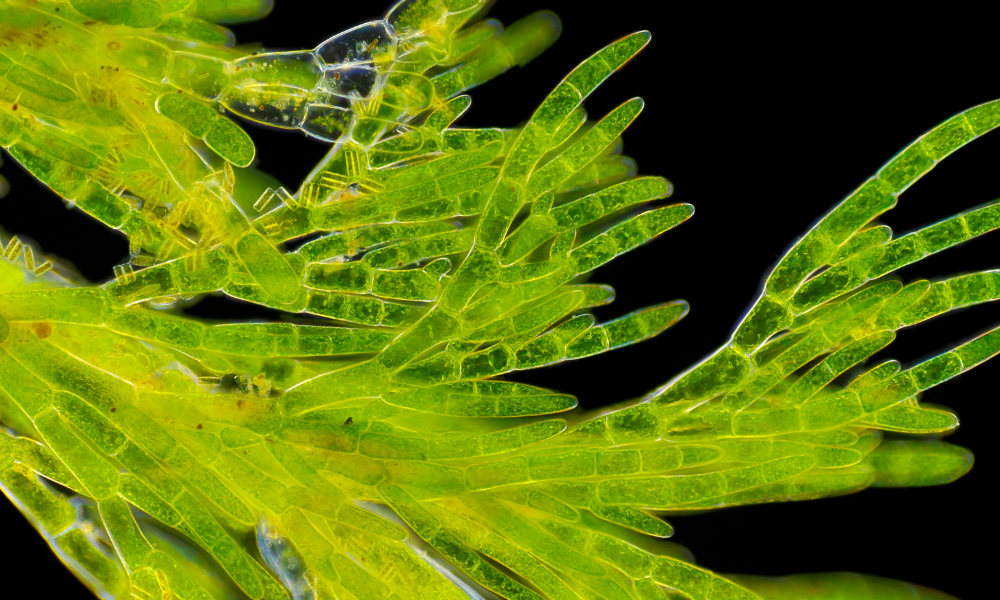
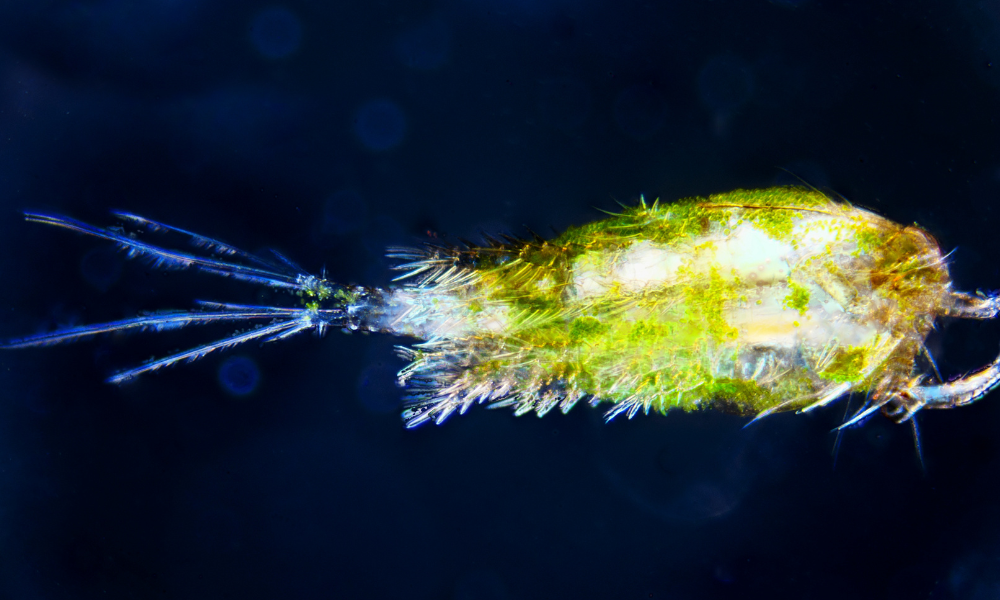
Planktonic Organisms
Phytoplankton and zooplankton are often responsible for the mesmerizing, ghostly glow seen on the ocean's surface at night. This bioluminescence serves multiple functions, including predator avoidance, communication, and reproduction. The shimmering waves of the open ocean are a testament to the collective bioluminescent activity of countless tiny planktonic organisms.
Importance of Water Test Kits in Marine Bioluminesce Conservation
Water test kits can play a crucial role in marine bioluminescence research and conservation efforts. These kits provide a convenient and cost-effective way to assess various water quality parameters, which is essential for understanding and preserving bioluminescent ecosystems.
By regularly testing and monitoring water quality, we can better understand the factors that influence these ecosystems and take steps to protect them. Visit the SJ Wave website and find out more about testing the quality of your water and learn how to do your share in preserving our marine ecosystem.

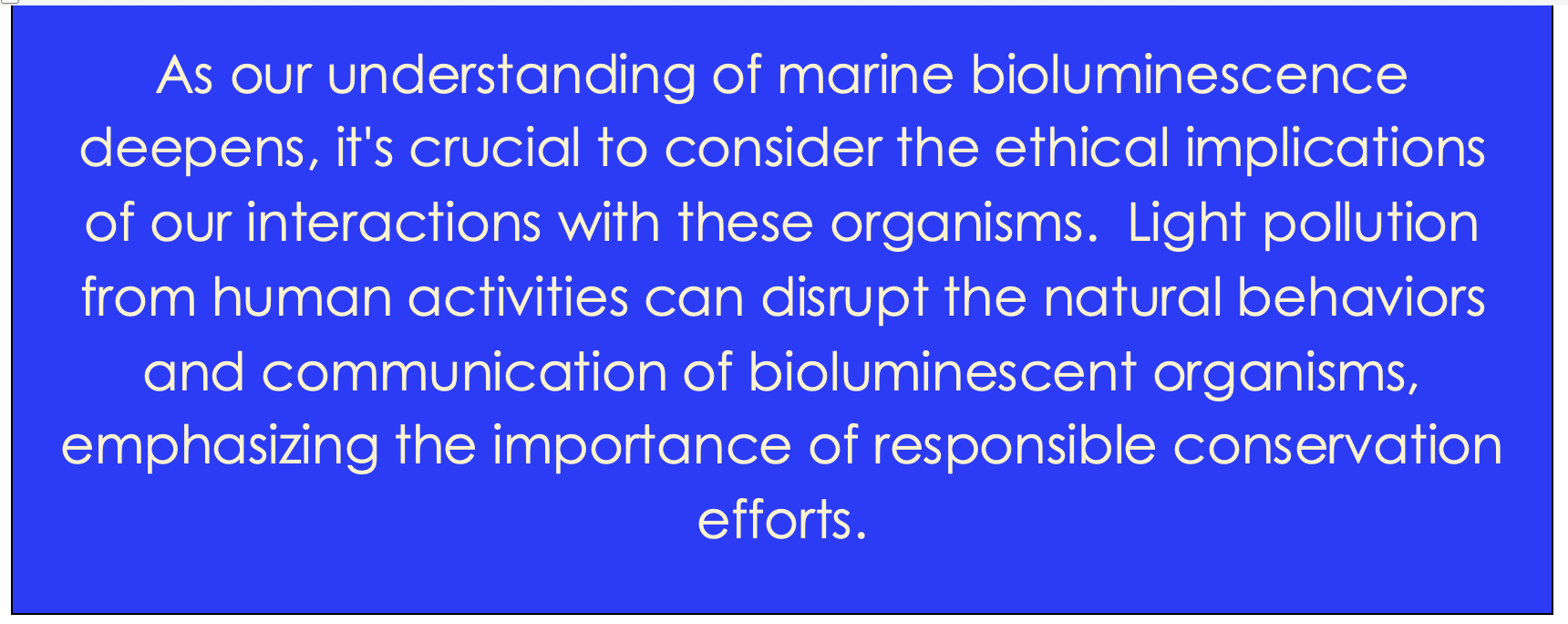
The Future of Marine Bioluminescence Exploration
The exploration of marine bioluminescence is far from over. Exciting developments and discoveries are on the horizon as scientists continue to uncover new species and understand the intricacies of bioluminescence in organisms we thought we knew. As technology advances, we can expect even more profound insights into this fascinating phenomenon.
Today, scientists are conducting extensive research to understand marine bioluminescence better. This knowledge is being applied in fields such as medicine, as bioluminescent markers are used in genetic studies and diagnostics. Furthermore, bioluminescence has implications in environmental monitoring and can serve as an indicator of water quality and ecosystem health.
With increased understanding comes increased responsibility. The conservation of marine bioluminescent ecosystems is vital to preserving the beauty and balance of the marine world. As we learn more about these organisms, we become better equipped to protect their habitats.
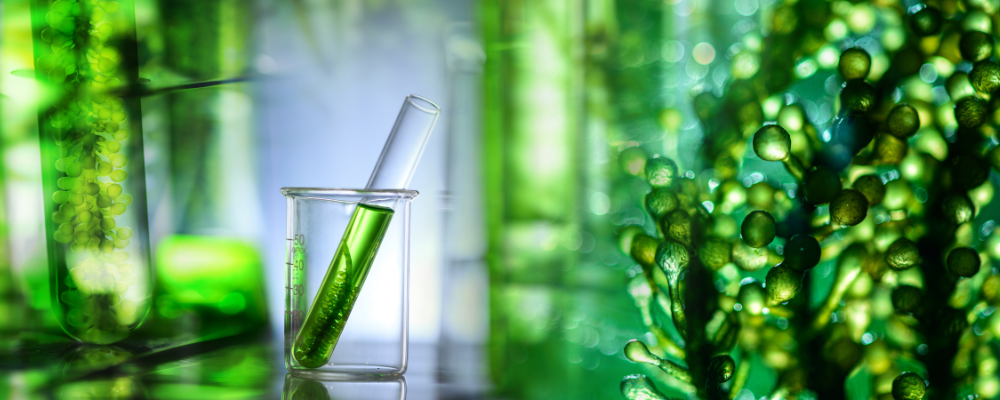
The beauty of marine bioluminescence is a testament to the wonders of our natural world. From the depths of the ocean to the surface waters, these creatures illuminate the beauty that exists even in the darkest corners of our planet. As we continue to explore and appreciate marine bioluminescence, let's ensure that we do so with reverence, respect, and a commitment to protecting these fragile ecosystems for generations to come.

